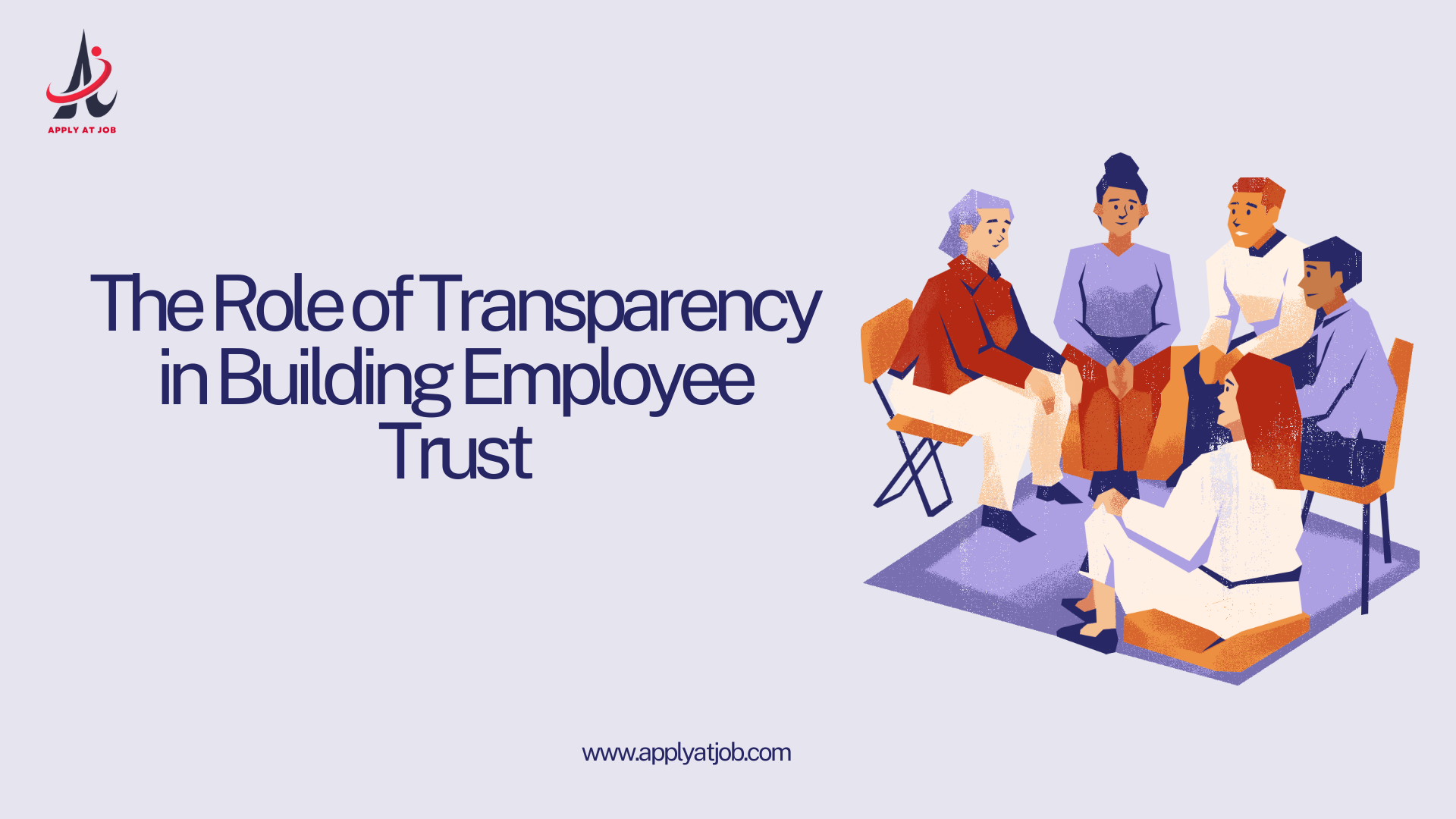Indications of Sleep Apnea
Blogs
The Advantages of Dark Chocolate for Health
Though it's commonly thought of as a decadent indulgence, dark chocolate really provides a number of health advantages. Dark chocolate is rich in cocoa solids, nutrient-dense, and full of antioxidants that can benefit your body and brain—in contrast to milk chocolate, which has greater sugar and fat content. We'll discuss the various health advantages of dark chocolate in this blog and why it's not only a great snack.
How to Preserve Your Emotional Well-Being in an Emergency
Advice for a Healthier Aging Population
Although aging is a normal aspect of life, our lifestyle decisions may have a significant impact on how we age. By adopting healthy behaviors and remaining attentive of our bodily and emotional well-being, we may increase the quality of life as we get older. The useful advice for healthy aging that follows can help you keep your energy and be active as the years pass.
How to Keep a Team Inspired in Difficult Times
How to Close the Gender Pay Divide with Online Jobs
Techniques for Guiding Teams Through Difficulties
The Significance of Openness in Establishing Staff Credibility
How Working Online Can Help You Learn New Skills
How Remote Employment Strengthens Rural Communities














